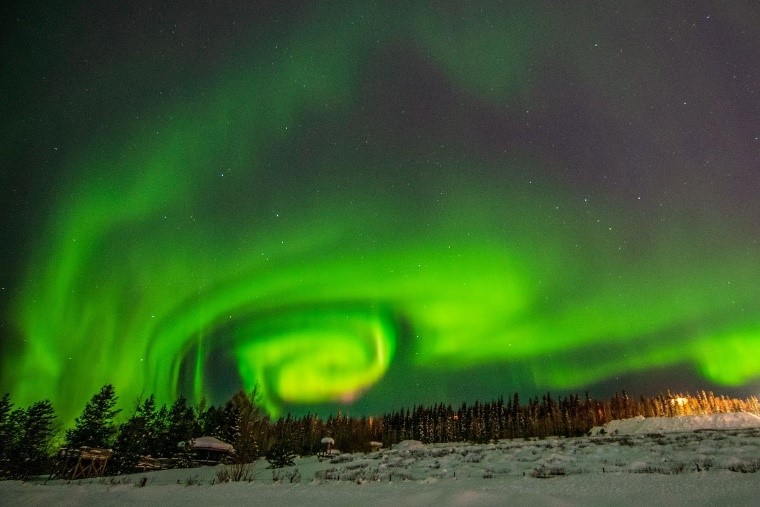Free Courses Sale ends Soon, Get It Now


Free Courses Sale ends Soon, Get It Now



Disclaimer: Copyright infringement not intended.
Context
Details
What causes auroras or polar lights?
Why are we seeing the Northern Lights more often now?
Solar storms
SOLAR CYCLE: https://www.iasgyan.in/blogs/solar-cycle
|
Indian Astronomical Observatory (IAO) The Indian Astronomical Observatory (IAO) is a high-altitude astronomy station located in Hanle, India and operated by the Indian Institute of Astrophysics. Situated in the Western Himalayas at an elevation of 4,500 meters (14,764 ft), the IAO is one of the world's highest-located sites for optical, infrared and gamma-ray telescopes. It is currently the tenth-highest optical telescope in the world. It is India's first dark-sky preserve. The Indian Astronomical Observatory stands on Mt. Saraswati, Digpa-ratsa Ri, Hanle in south-eastern Ladakh union territory of India. Accessing the observatory, located near the Chinese border (Line of Actual Control), requires a 250 km long ten-hour drive from Leh city, the headquarter of Leh district |
|
PRELIMS PRACTICE QUESTION Q. Which of the following statements are correct? a)Aurora is triggered by an interaction between the plasma particles hurled by the Sun and Earth's magnetic field. b)Green auroras are caused by Sulphur molecules, while red auroras are caused by high-altitude Nitrogen atoms. c)The effect is known as the aurora borealis in Southern hemisphere latitudes. In Northern hemisphere latitudes the effect is known as the aurora australis. d)Auroras also occur on other planets in our solar system including Jupiter, Saturn, Uranus, Neptune and Mars. 1. a and b only 2. a, b and c only 3. b, c and d only 4. a and d only Answer: 4 |
NOTE: PATENTS ACT IN NEWS:
READ
https://www.iasgyan.in/daily-current-affairs/intellectual-property-rights-ipr
© 2024 iasgyan. All right reserved